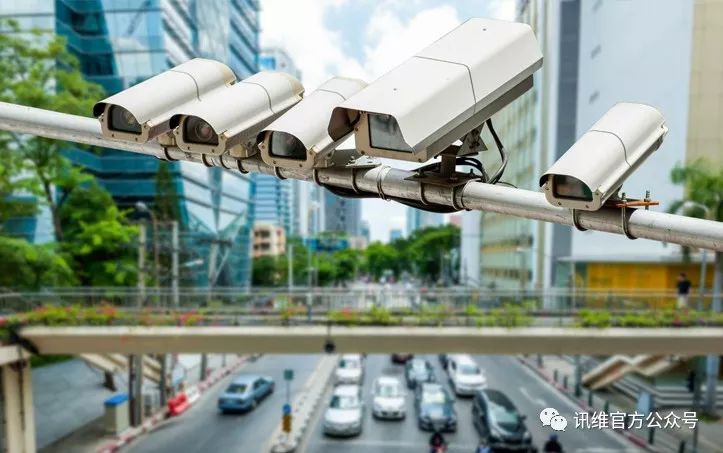Current digital monitoring technology primarily consists of hybrid (also known as semi-digital) systems and fully digital security systems. Hybrid systems combine analog and digital components, while fully digital systems rely entirely on digital technology for video capture, transmission, and storage.
Hybrid digital surveillance systems integrate traditional analog cameras with digital encoding and back-end processing. In this setup, the front-end cameras are still analog, but their video signals are converted into digital format by an encoder before being transmitted through a network. This allows for a smoother transition from older analog setups to more advanced digital solutions.

One of the key advantages of hybrid systems is cost-effectiveness. Analog cameras are typically easier to maintain and replace, and they are not restricted by the 90-meter limitation of network cables. This makes them ideal for outdoor installations where long-distance signal transmission is needed. For example, in residential areas with multiple outdoor cameras, using a hybrid system can be more practical. When IP cameras are used outdoors, the network infrastructure becomes more complex due to environmental factors like temperature and humidity. Outdoor switches require protective enclosures, which can be difficult to manage. With hybrid systems, the core equipment such as encoders and switches can be placed indoors, improving system stability and reducing maintenance efforts.
Fully digital monitoring systems, on the other hand, represent the next evolution in security technology. These systems leverage modern digital technologies such as high-definition imaging, advanced data processing, networking, and computer-based control. They offer superior image quality, faster data transmission, and better integration with other security tools. High-definition cameras can cover larger areas with fewer units, replacing multiple standard definition cameras. Additionally, these systems support features like remote access, video analytics, and intelligent alarms, making them ideal for commercial and public spaces like banks, offices, and hotels.
Another benefit of full digital systems is the ability to transmit audio, video, and alarm signals over a single network. Many network cameras also support Power over Ethernet (PoE), which simplifies installation by eliminating the need for separate power lines. This reduces both the time and complexity involved in wiring, especially in large-scale projects. Moreover, high-resolution video provides clearer images, enabling more accurate identification and analysis, which is crucial for intelligent surveillance applications.
We are manufacturer of Solar Inverter in China,OEM and ODM are acceptable, if you want to buy Off Grid Hybrid Inverter,Solar Power Inverter, please contact us.

Solar Power Inverter,Solar Inverter,Hybrid Inverter,Solaredge Inverter,Solar Power Inverter
suzhou whaylan new energy technology co., ltd , https://www.xinlingvideo.com
